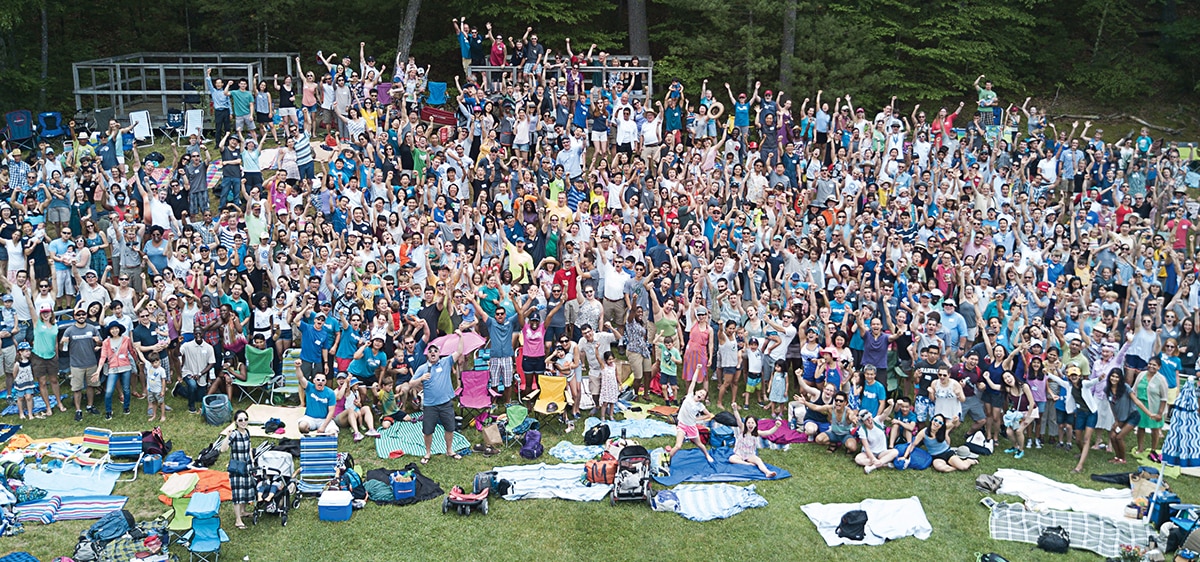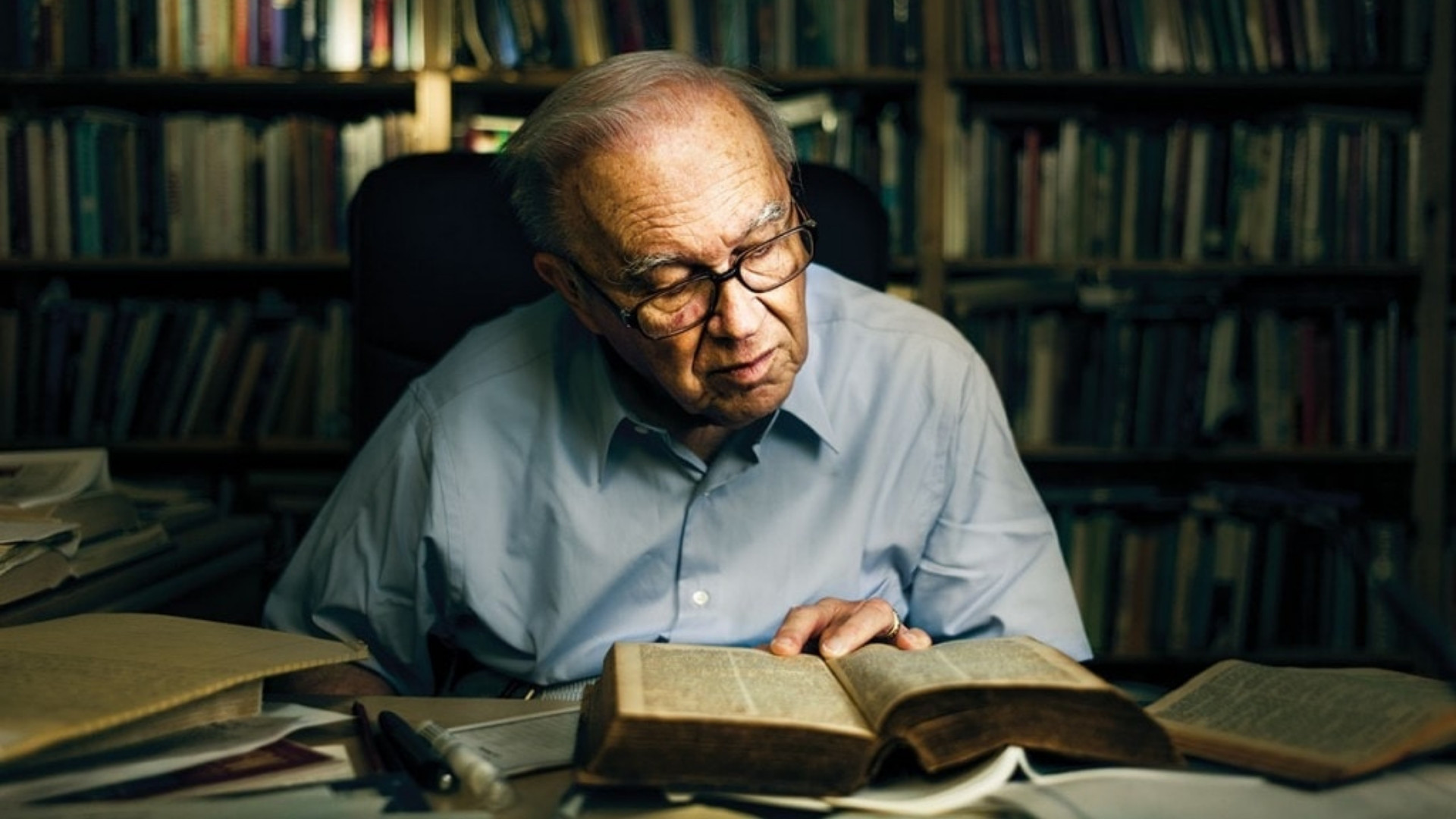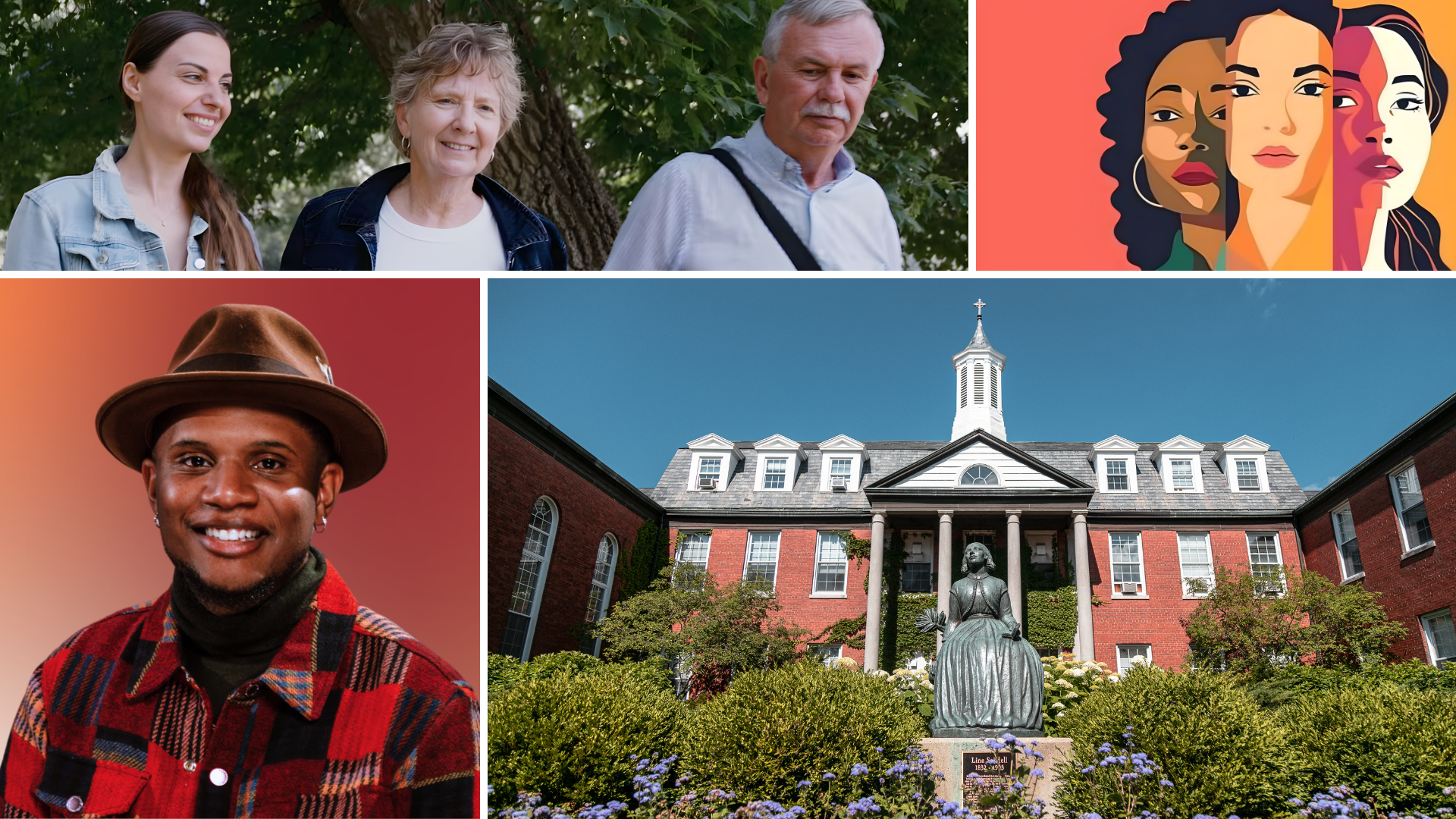[vc_row][vc_column][vc_column_text]

[/vc_column_text][/vc_column][/vc_row][vc_row el_class=”hero-header-text”][vc_column][vc_column_text]
Reimagine That
Church Planting: The Network
How an Innovative model for church planting is taking root, providing community and support for new congregations
By Stan Friedman | Sept 26, 2017
[/vc_column_text][/vc_column][/vc_row][vc_row][vc_column][vc_column_text]
Highrock Covenant Church in Arlington, Massachusetts, had already planted three congregations by 2014 when they decided they needed to change their strategy.
The thirteen-year-old congregation recognized that traditional models of church planting were expensive. And they needed a cost-effective way to retain the Highrock vision when they planted new congregations. Further, their previous efforts had identified some tensions between their two key priorities: be locally focused, and create a kingdom-sized impact. They struggled to do both at once.
Something needed to change.
They knew there were various ways to plant a church. Start a single, fully autonomous church, initially funded by the denomination, that would eventually become self-sufficient. Bring together a group of churches to plant one new church that would grow to be autonomous and self-sufficient. Or launch satellite campuses that broadcast via video or livestream the sermon preached at the main campus each week.
But none of those options quite fit the dream of Highrock leaders. They wanted to share resources with their church plants, but they didn’t want to lose the relational connections that were possible through local parish ministry.
What they really wanted was to build on the informal connections among the churches they were planting to create a strong network that incorporated the best features of other planting models. Within a year Highrock had created a model that is now being piloted in their conference on the East Coast and elsewhere in the Covenant.
In the network model of church planting, individual congregations retain their autonomy and self-sufficiency while at the same time joining together to pool resources, build strong cohorts among the pastors, and pursue the vision identified by the network to make a kingdom impact. The model is highly relational and collaborative, and each congregation focuses on serving its immediate community, always with a goal to plant more churches elsewhere.
Usually we have to choose between being a smaller church that is relationally rich—and becoming a larger church that offers more programs. As a network, we can enjoy the best of both worlds.
“Usually we have to choose between being a smaller church that is relationally rich and deeply embedded in the neighborhood—and becoming a larger regional church that can offer higher degrees of excellence and more programs to serve different people groups. Yet that larger church may lack the personal touch,” says David Swaim, lead pastor at Highrock Arlington. “By unifying as a network, we can enjoy the best of both worlds.”
As in traditional models of church planting, each new church plant in the network receives substantial financial backing from the conference and denomination when it is launched. And just as in other models, each church plant is expected to become self-sufficient. But in the network model, that goal is easier to achieve, as churches within the network contribute to and share critical and often costly functions, including office support and web development. Churches may share staff expertise, such as a workshop on discipleship for the entire network. Most of all, the churches in a given network share the same vision and identify strongly with the network’s ethos.
Most network churches carry the name of the church that plants them. So far, three networks have formed in the East Coast: Highrock in the Boston area, New York City Hope, and Sanctuary in Providence, Rhode Island. Highrock has planted five churches with a sixth scheduled to start this fall. The Hope network has planted nine congregations, and the Sanctuary network includes two congregations, with a third set to begin in the fall.
In the Northwest Conference, Awaken Covenant Community in St. Paul, Minnesota, recently developed the first plant of the Awaken network. Genesis Covenant Church in St. Louis Park, Minnesota, aims to plant a congregation in December, to form the Genesis Network.
Network churches are intentionally parish congregations. Most attendees live in the neighborhood rather than drive across town to come to church. “If we’re going to be a church and part of being a church is incarnational ministry, then our kids ought to be going to the same schools, and we ought to be concerned with the neighborhood concerns near and around the church. We should be patronizing local establishments as people who are living out the kingdom within a location,” says Micah Witham, pastor of Awaken.
As individual congregations seek to embed within a neighborhood, they become expressions of the larger network, with each church’s worship and means of interacting with the community tailored to its specific location.
Witham explains that because it is so essential for each church plant to embody the shared vision of the network, the relationships between the pastors are crucial. Each pastor carries that shared ethos into their specific setting. “It is absolutely critical that the relationships between the pastors be really strong and really deep,” he says. “For example, we’re entrusting our church planter-in-residence, Dan Lukas, with the seeds of Awaken to go plant somewhere else.”
For that reason, every leader in a network is raised up from within the network, or goes through a specific process to determine whether they are a good fit.
“Because it is so relational, we rarely have a typical interview process,” says Stephen Sharkey, pastor of Highrock Quincy. “It’s like dating.” Potential leaders may start as volunteers. Their involvement may increase throughout what Sharkey calls an incubation period. The East Coast Conference networks have partnered with conference leaders to develop a one-year church planter internship to help pay those planters-in-residence while they are being trained
by network leaders and pastors in the local church.
“It’s not just determining whether they’ll be good church planters, but will they be good Highrock church planters?” Sharkey says.
Those relationships are so important that network leadership—network pastors and other church leaders—must approve any pastoral calls at individual congregations. “The idea is that there is a very tight brotherhood and sisterhood,” says Andrew Mook, pastor of Sanctuary Covenant Church in Providence, Rhode Island.
“The advantages of network churches are that planters who resonate with the vision of the network can be more clearly identified. They can do a residency and be sent with capacity from the start,” says Mike Brown, director of church planting in the Northwest Conference. “They can share resources and support one another. Then each successive plant is partnered with all the other churches in the network.”
Drew Hyun, pastor of the Hope Church Midtown congregation, describes the degree of connection that develops among the pastors in his network. “They meet every single week for prayer, collaboration, and mission support. It’s very intentional.”
Members prefer to call themselves a “family,” not a network.
In fact, members prefer to call themselves a “family” of neighborhood churches, rather than identify as a “network.”
While each congregation commits to the network’s vision, they embody it in their own way. “If you go to a Highrock church, you don’t necessarily know what you are going to get,” Swaim says. The worship service at the Arlington congregation is much more traditional than at the Salem church, which is located in a community where the slogan “Keep it weird” is often heard. That church writes its own music and has artists do graphics that might better appeal to those parishioners.
And each church, regardless of size, has an equal vote in decisions about how the network operates.
Some have asked whether the network model duplicates the work of the conference or the denomination. Would networks ever separate from the denomination altogether and create their own entity? Sharkey adamantly rejects that scenario. “Actually, the opposite is true. Our goal is to become an association of the conference,” Sharkey says.
In the Highrock network, conference personnel have a seat on the network board, attend regular meetings, and the conference provides some financial support.
Conference and church leaders emphasize that the model is relatively new and there still is much to learn. Brown says networks will need to discern how to address any tensions that arise around fiscal matters, how to remain relational as they grow, and what to do if disagreements arise within network entities.
For now though, there is enthusiasm about the possibilities of reaching communities in “parochial,” sustainable ways. “I don’t know if it will work or not, but we’re going to give it a go,” Witham says.
[/vc_column_text][/vc_column][/vc_row][vc_row][vc_column][vc_column_text]
This article is part two of a three-part series titled:
Reimagine That — Church Planting
[/vc_column_text][/vc_column][/vc_row]














